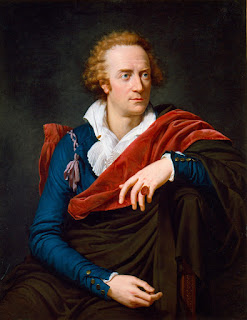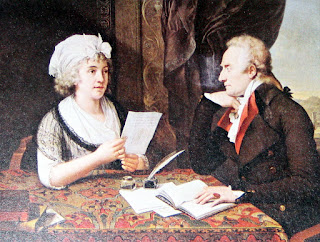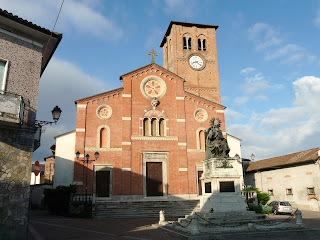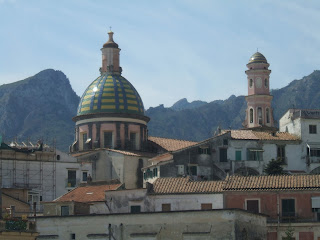Study of horses revolutionised jumping techniques
 |
| Federico Caprilli in his cavalry uniform |
Federico Caprilli, the Italian cavalry officer who
revolutionised the way horse riders jump fences, was born on this day in 1868
in Livorno.
One of four children born to Enrico Caprilli and his wife, Elvira, Federico was bent on an army career from an early age. He enrolled as a cadet at military college in Florence at 13 years old, subsequently
transferring to Rome and then Modena. He had no riding experience at the start,
and when he graduated with the rank of lieutenant, though an excellent gymnast and
proficient fencer, his horsemanship was marked as ‘poor’.
Nonetheless, he was assigned to the Royal Piedmont cavalry regiment,
where his job, at a time when the introduction of weapons such as the Gatling
Gun was negating any battlefield advantage a soldier had from being mounted,
was to train horses for new combat roles, such as springing surprise attacks in
difficult terrain.
It was there that he observed the way horses jumped obstacles and concluded that conventional beliefs about the way a horse should be ridden over
jumps were entirely wrong.
Until Caprilli came along, it was accepted that the rider should use long stirrups and approach a fence leaning back in
the saddle, legs stretched almost straight. A sharp pull on the horse’s head was seen as
the way to launch the jump.
 |
| This antique hunting scene shows a rider in typical jumping position, leaning backwards |
Antique prints of hunting scenes inevitably show the rider
in this position, leaning backwards in the saddle and appearing to jump fences
in hope rather than any expectation of making a safe landing.
No one questioned this, even though the riding position was
essentially the same as was employed in the middle ages, when heavy suits of
armour compelled the rider to sit bolt upright.
The accepted wisdom, too, was that landing on its front legs was bad for
the horse, especially carrying the additional weight of a rider, and that it should
be encouraged to land on its hind legs, or at least on all four legs.
In fact, horses often injured themselves as a result of this
flawed technique, either through catching the obstacle with their trailing hind
legs or developing back problems. What’s
more, the jab in the mouth as the rider yanked on the reins often caused them
to refuse to jump.
Caprilli, who used the relatively new device of photography
to underline his findings, observed that when they jumped freely, with no
rider, horses always landed on their front legs and were none the worse for
it.
As a result, he devised a technique whereby the rider
adopted a forward position, slightly out of the saddle, his upper body in line
with the horse’s neck, his centre of gravity directly over the horse’s, and
with no pressure applied to the animal’s mouth.
Caprilli also instructed his riders to allow the horse to think for
itself about how it approached an obstacle and when it took off.
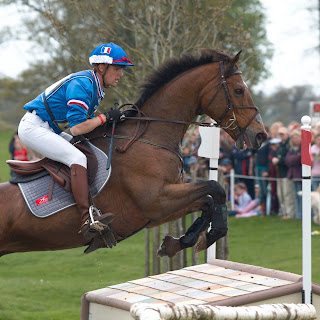 |
| Caprilli's technique is demonstrated perfectly by this rider at Badminton in 2008 |
The results were startling. Horses were suddenly much more
willing to jump obstacles and were able to negotiate banks and ditches much
more nimbly than before. In short, they
were ready to operate in terrain that would previously have been off limits.
Yet far from being congratulated, Caprilli received a frosty
response from his superiors, who did not take kindly to their faith in the old
methods being exposed as foolish.
Rumours, which it is suspected were false, began to circulate about his private life, of romantic
entanglements with aristocratic wives, and he was posted to the south of Italy,
out of harm’s way.
However, he continued to hone his techniques and when word
of his excellent results in equestrian competitions reached his old regiment’s
headquarters in Pinerolo in Piedmont, he was summoned back.
He was made chief instructor at the Cavalry School of
Pinerolo as well as its subsidiary in Tor di Quinto (near Rome). After a year
of training, riders who attended the schools were able to negotiate the jumps
and obstacles of the training circuit even without reins.
Soon, as the Italian cavalry began to dominate international
competition, riders came from countries around the world to study Caprilli's
system and it became the new standard for any form of equestrian pursuit that
involved jumping.
Caprilli died in slightly mysterious circumstances in 1907,
when his body was found on a cobbled path in Pinerolo. It was suggested that he had been attacked
by a jealous husband or a resentful superior but there were no obvious signs
that he had met his death in that way and it was concluded that his mount must
have slipped on some ice, throwing him off, and that he had hit his head on the
cobbles.
 |
| The duomo in Piazza San Donato in Pinerolo |
Travel tip:
Pinerolo is a beautiful town in the shadow of the alps, some
50km (31 miles) south-west of Turin. It
has a charming main square, the Piazza San Donato, overlooked by the cathedral
of the same name, which dates back to the ninth century and which has a
Romanesque bell tower and a Gothic façade. The church of Santa Croce, in Vicolo
Barone, is another picturesque sight.
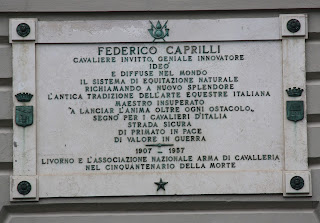 |
| The commemorative plaque outside 115 Viale Italia |
Travel tip:
In Livorno, where Caprilli was born, a commem- orative plaque
marks the family home in Viale Italia, at number 115. He was honoured in 1937 when the local horse
racing track was renamed Ippodromo Federico Caprilli. At one time it boasted a
fully illuminated track and could accommodate crowds of up to 10,000 spectators
but it closed in 2016 after the company that owned it went out of business.
Frankie Dettori - Milan-born jockey among all-time greats
The traditional horse race, the Palio di Siena
Luigi Beccali - Italy's first Olympic track gold medallist
Home
More reading:
Frankie Dettori - Milan-born jockey among all-time greats
The traditional horse race, the Palio di Siena
Luigi Beccali - Italy's first Olympic track gold medallist
Also on this day:
1848: The death of operatic genius Gaetano Donizetti
(Picture credits: Horse jumping by Henry Bucklow; Pinerolo duomo by Mattana; plaque by Piergiuliano Chesi; via Wikimedia Commons)
(Picture credits: Horse jumping by Henry Bucklow; Pinerolo duomo by Mattana; plaque by Piergiuliano Chesi; via Wikimedia Commons)
Home
